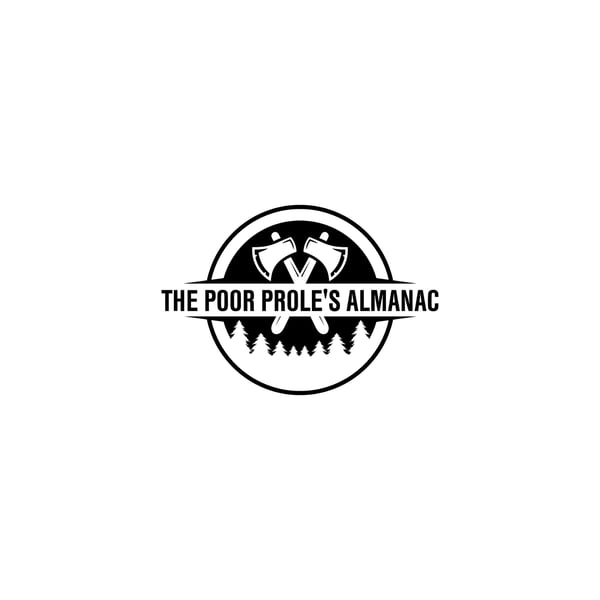Putting Pasture in the Forest with Brett Chedzoy pt 2
The Poor Prole’s Almanac
Bleav + The Poor Prole’s Alamanac
5 • 761 Ratings
🗓️ 30 October 2021
⏱️ 43 minutes
🧾️ Download transcript
Summary
Transcript
Click on a timestamp to play from that location
| 0:00.0 | Hey folks, welcome back. This is Andy with the Port Pearls Almanac. This is part two of our conversation with Brett Chedsoy. |
| 0:21.6 | If you haven't listened to Part 1, |
| 0:23.5 | hop over to the episode before this and take a listen. |
| 0:26.4 | For the rest of you, let's continue forward with this interview. |
| 0:31.8 | Now, when we're talking about these details of, like, you were just saying, |
| 0:34.6 | if you've got, like, a couple couple acres you could do it by hand. |
| 0:43.5 | I'm I'm wondering about the actual thinning process in terms of what you think about. |
| 0:47.5 | Is it something where it's like pulling a band-aid off or do you think there's a succession process where you don't want to thin everything at once and you'll take a couple trees every |
| 0:51.9 | year for three or four years until to help it transition as opposed to trying to do it so quickly. |
| 0:59.5 | I think, Andy, that lighter, more frequent thinnings are more favorable |
| 1:04.1 | from a civil pasture management objective than the way we typically do it in forestry |
| 1:10.4 | where we go in there with a heavy metal |
| 1:13.0 | and we do one big thinning and one big harvest all at once and then we come back again in 10 to 20 |
| 1:18.6 | years and do it again. The reason I think that the lighter, more frequent thinnings are more |
| 1:25.0 | favorable for civil pasturing is, well, I'll give |
| 1:28.7 | you two or three examples. One is, trees are very opportunistic. So if we create holes in the |
| 1:35.2 | campy by cutting out, weeding out some of the trees, the branches of those trees quickly fill in |
| 1:43.3 | those gaps. So you're only creating a fairly short-term duration of higher sunlight levels. |
| 1:50.5 | So going in there and thinning, say, more like on a five, three-to-five-year rotation versus a 10-to-15-year rotation |
| 1:58.6 | is going to be able to sustain the higher sunlight down within a few feet of the ground, |
| 2:07.6 | which is where it's really doing us the most good to grow forages. The other reason I like lighter, |
| 2:15.4 | more frequent thinnings is trees don't like change any more than we do. |
... |
Please login to see the full transcript.
Disclaimer: The podcast and artwork embedded on this page are from Bleav + The Poor Prole’s Alamanac, and are the property of its owner and not affiliated with or endorsed by Tapesearch.
Generated transcripts are the property of Bleav + The Poor Prole’s Alamanac and are distributed freely under the Fair Use doctrine. Transcripts generated by Tapesearch are not guaranteed to be accurate.
Copyright © Tapesearch 2025.

